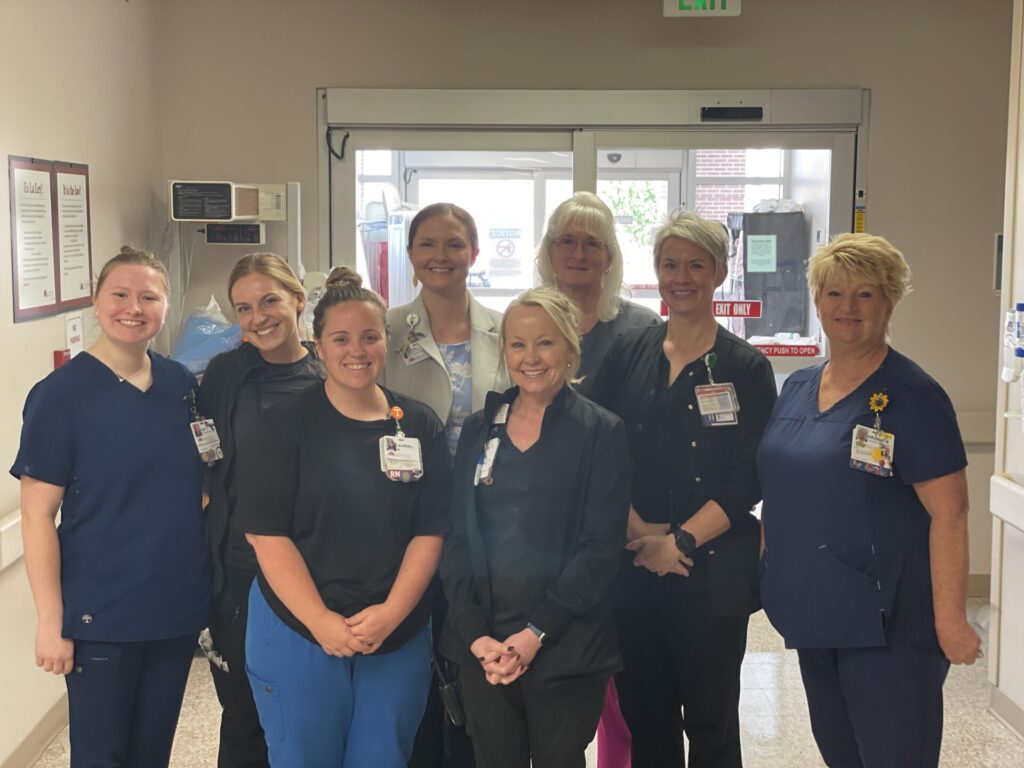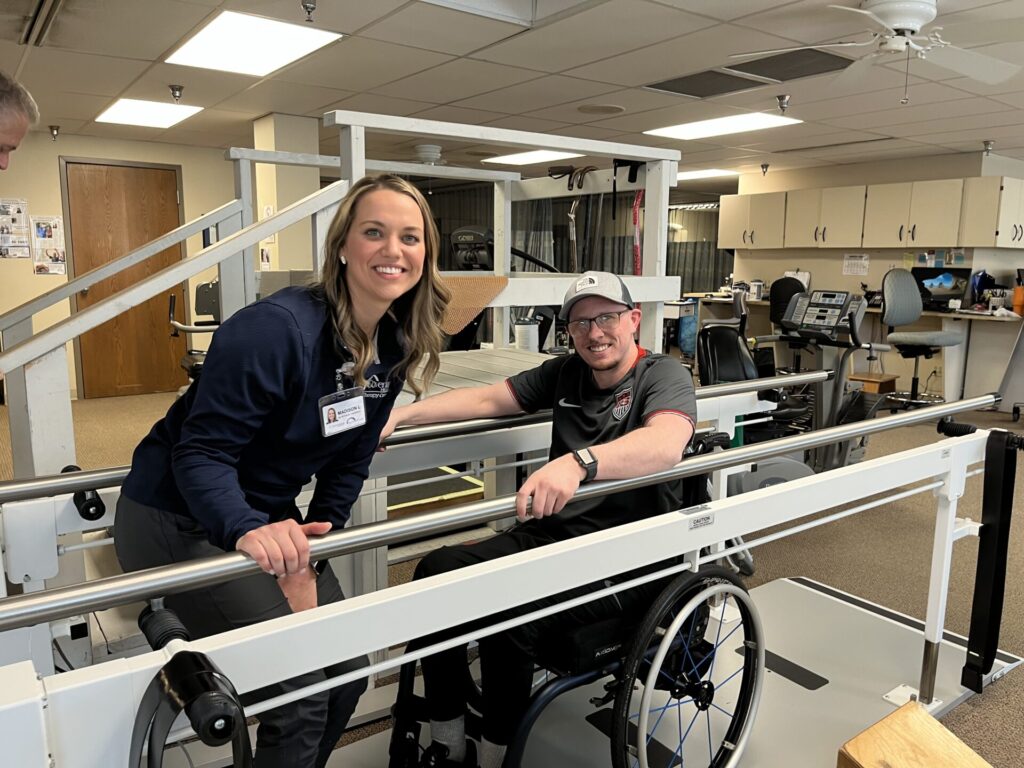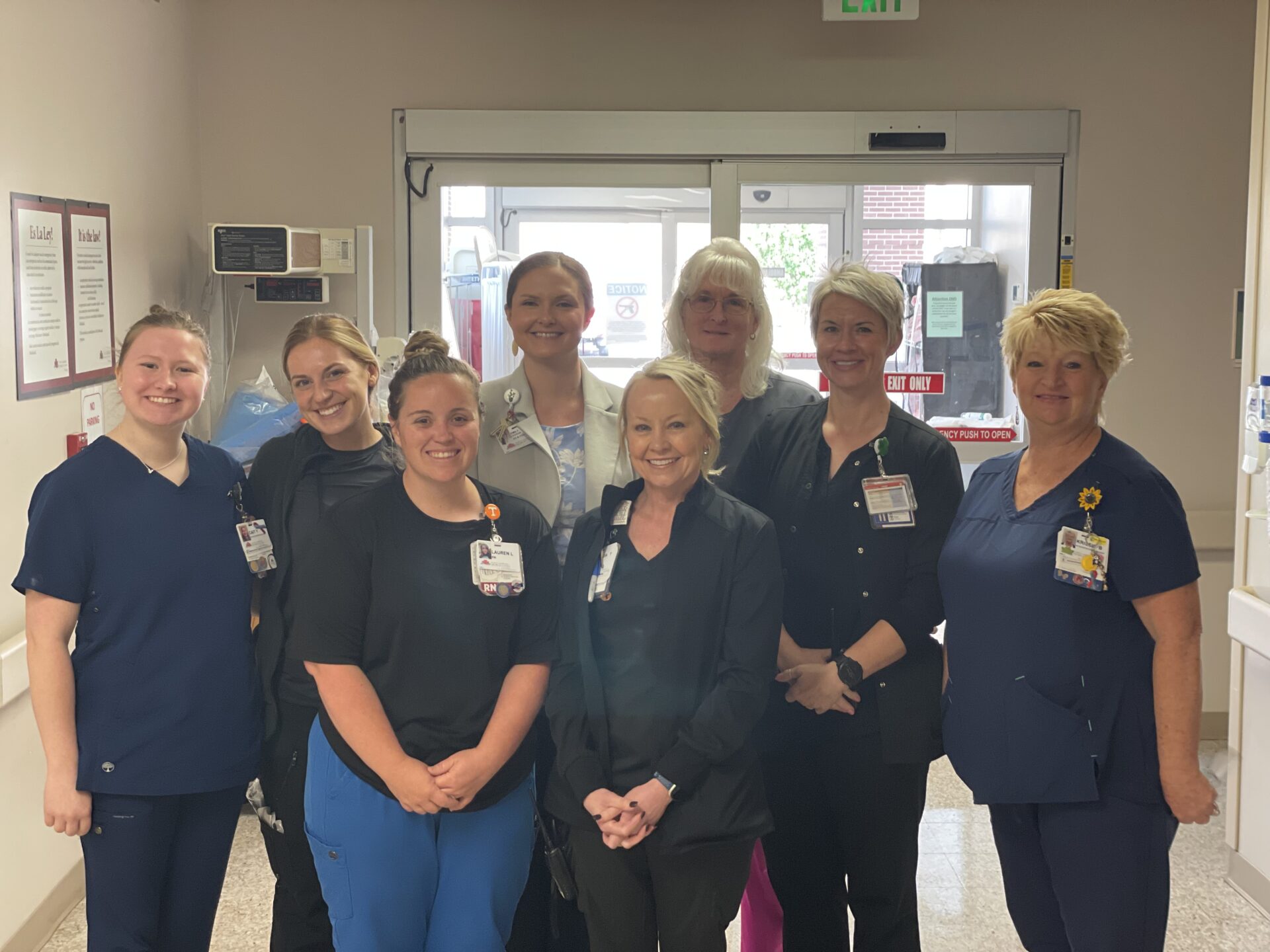- Find a DoctorDoctors by Specialty
- Cardiac Electrophysiology
- Cardiology
- Colon & Rectal Surgery
- Family Medicine
- Gastroenterology
- General & Vascular Surgery
- Gynecological Oncology
- Gynecology
- Infectious Disease
- Internal Medicine
- Interventional Cardiology
- Interventional Radiology
- Nephrology
- Neurology
- Neurosurgery
- Obstetrics & Gynecology
- Oncology
- Oncology & Hematology
- Orthopedic Surgery
- Otolaryngology
- Perinatology
- Psychiatry
- Pulmonary Medicine
- Radiation Oncology
- Rheumatology
- Sleep Medicine
- Thoracic Surgery
- Urology
- View All Doctors
- Our ServicesMedical Services
- Bariatric Services
- Behavioral & Mental Health
- Breast Care
- Cancer Care
- Critical Care
- Ear, Nose, & Throat
- Emergency Services
- Gastroenterology
- Glossary
- Heart Care
- Home Care
- Hospice & Palliative Care
- Imaging & Diagnostics
- Long-Term Care
- Nephrology
- Orthopedics
- Primary Care
- Rehabilitation Therapies
- Robotic-Assisted Surgery
- Sleep Services
- Spine Care
- Stroke Care
- Surgery Services
- Telehealth Services
- Urology
- Urgent Care
- Virtual Urgent Care
- Women’s Services
- Wound Care
- Our Locations
- Patients & Visitors
- About Us

Let’s be direct: This new-fangled direct anterior approach to hip arthroplasty – replacing the hip joint by going in through the front of the body – is yesterday’s news. In fact, it was first described by Dr. Carl Hueter, a German surgeon, in 1881.
So why does Paul Yau, MD, an orthopedic surgeon at Fort Sanders Regional Medical Center, refer to direct anterior hip replacement as “revolutionary?”
In a word: tools.
“Back in the 1930s and 40s, surgeons used to do hip surgery through the anterior approach until they decided it was too hard because they didn’t have the means to manufacture curved surgical instruments,” said Dr. Yau. “Then, in the 1950s, there was a gentleman who introduced the posterior approach, which meant you had to cut the muscle and tendons, but they had more room to operate and the straight instruments were better suited to that approach. So everybody switched from anterior to posterior because it allowed them to use the straight orthopedic tools.”
But with time came technological advances, and the once-straight surgical instruments began to be made into curved instruments.
Fluoroscopy X-ray imaging technology opened even more frontiers.
“In America, the anterior approach hasn’t been common until the last 10 or 15 years, but it’s making a comeback,” said Dr. Yau. “It’s sort of a hybrid where the old ways have joined the new. It’s a pretty interesting history of innovation and evolution in orthopedics.”
Dr. Yau, who estimates he does between 12 and 20 hip replacements per week, says the “vast majority” of those surgeries go the anterior route. “There are a few exceptions, particularly on re-do hip replacements where the patient is best served through other approaches. But I do about 95 percent of first-time hip replacements using the anterior approach.”
“When you grow up using these instruments that are curved, you are more used to it and more comfortable with it,” he said. “For me, it’s revolutionized my practice. But you do also have to recognize that the implants are exactly the same. The durability, the life expectancy, the survivorship of these implants are just as good as they’ve always been, if not better.
“But the patient experience I would say is dramatically better. When you don’t cut those muscles and tendons, you don’t get nearly as much scar tissue so the hip feels more natural, the muscles don’t ache as much because they haven’t been cut, and the hip stability is so much better.”
Learn more about orthopedic surgery at Fort Sanders Regional here.























